St. Lawrence shows what autumn will be
August 10: St. Lawrence's Day
St. Lawrence shows what autumn will be
Czech folk proverb about Svatý Vavřinec (St. Lawrence)
Welcome! Whether you’re a longtime friend or a new kindred spirit here (I recommend visiting the Village Green to get your bearings), I’m delighted to be a companion to you through the liturgical year.
Please enjoy this month’s focus: a practice of attention that encourages us to deeply explore one holiday within the context of the season.
For more to supplement the rest of your August days - including a special gathering with an author! - flip through the August Almanac.
Pax+bonum, Kristin.
» Printable Resources
Keeping a liturgical Book of Hours binder helps me to distill all of the inspiration I find, so I can easily look to the elements that have been most nurturing for our family & community.
For August’s festal focus, I gave a fresh design to our monthly pages to realign information and give you more space for notes - with a new, separate page that includes prompts to help you reflect on how your locale expresses the feast of St. Lawrence:
Cover page featuring an ox (tied to St. Lawrence because of the theme of his martyrdom) and Common Balsam flowers, which would adorn buildings around the time of St. Lawrence’s feast.
Five pages of prompts, information, & poetry (with illustrations and photos) to help you learn about this feast and reflect on how it intersects with your own life and landscape.
Paid members can find this (as well as my whole archive of printables) in the Scriptorium:
WORTHY TO PASS THROUGH PORTALS
Our true faith, confest aright,
Shines in Lawrence, pure and bright;
’Neath no bushel placed, its light
In the midst, in all men’s sight,
Sets he that it may be seen.
When to bear his cross thus bade,
As God’s servant, he is glad,
That he, ‘mid the fierce flames laid,
Should a spectacle be made
Both to angels and to men.Excerpt from “St. Lawrence” in The liturgical poetry of Adam of St. Victor, from the Text of Gautier (1881)
Born in Valencia (in modern-day Spain) around 225 AD, St. Lawrence entered the diaconate after encountering Sixtus II...an educator, student of philosophy, bridge-builder between regional liturgies, and future Pope & Saint.
Pope St. Sixtus II elevated Lawrence to the office of Archdeacon of Rome, and it was in this role that he occupied one of his most transformative, impactful positions: he handled the treasury of the Church and was responsible for the dispensation of alms and resources to the poor.
While St. Lawrence was overseeing the resources and ministry of the Church, the Roman Emperor Valerian’s persecutions of Christians reached a fever pitch. In particular, he persecuted the clergy, aiming to absorb any resources held by the Church. Valerian executed Pope St. Sixtus II in August of 258, and St. Lawrence - now senior in stewarding the Church treasury - was ordered by Rome’s prefect to surrender all of the Church’s holdings.
St. Lawrence, though, asked for three days to deliver. And during those days, he transformed as much of the Church’s property as he could into the property of the poor, the disabled, the ill…the outcasts.
When he presented himself before the prefect, St. Lawrence brought an assembly of the poor with him:
“See here the eternal treasure, which never diminishes but increases. It is divided among these people and is found in all of them, for their hands have carried the treasure off to heaven!”
Attributed to St. Lawrence, as recorded in The Golden Legend by Jacobus de Voragine
Enraged, the prefect had St. Lawrence arrested and beaten; his imprisonment caused even more ire for the Emperor, as Lawrence’s influence converted prefects, soldiers, prisoners, and guards.
Finally, “stubborn” St. Lawrence was ordered to be executed…on a gridiron, hot coals under him and over him.1 He was tortured, laid on the grill, taunted, and pierced.
Before being led to the iron grate of his execution, St. Lawrence offered a final piece of counsel to one of the men he’d converted:
“Hide Christ in the inner man, listen, and when I call, come!”2
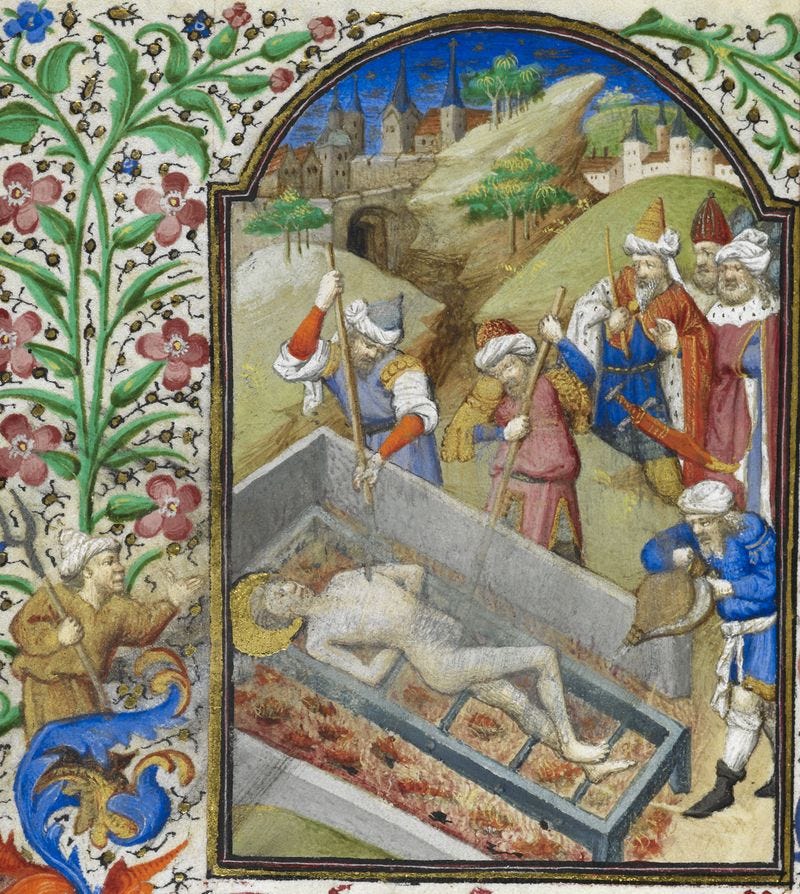
Suffering on the grill, the saint’s fervant faith never wavered, though: at one point, he looked to his captors and proclaimed, “Let my body be turned: this side is done!”
And then, having endured so much, St. Lawrence gave thanks to God:
“I thank you, O Lord, because I have been worthy to pass through your portals!”3
Upon the death of St. Lawrence, onlookers saw an ethereal light surrounding his face, a sweet aroma from his scorched body.
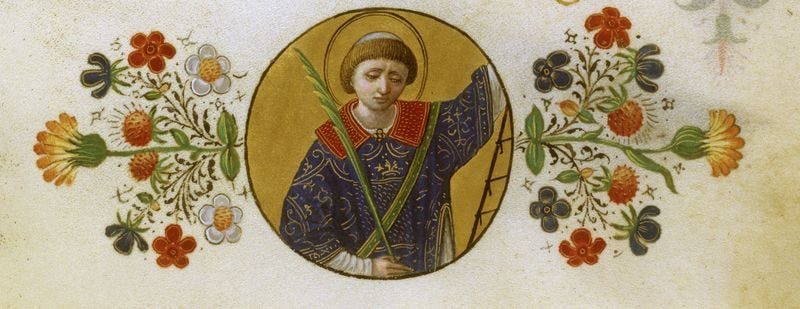
His life, his gruesome martyrdom, his death - St. Lawrence let every stage, however trying, become a translation of Christ to the world.
He acted as a gateway for the movement of the Church’s temporal treasures to her true, eternal treasures, and his testimony became the door through which so many others entered into the faith.
The pivotal impact of St. Lawrence’s life & martyrdom is made visible through the Church’s ongoing tradition. His feast was celebrated since at least 354 AD, given a Vigil and an Octave early on, and even being held as a Holy Day of Obligation.
“But when Holydays grew too numerous to be universally kept, a certain Number of them was selected to be kept as Holydays of Obligation, and these had their Vigils, even St. Laurence, whose Feast hath ever had a Vigil, because it was always a Holyday of Obligation.”
John Johnson, The Clergyman's Vade-Mecum, or an Account of the Ancient and Present Church of England (1707)
St. Lawrence’s feast and vigil were maintained through many calendar reforms - and, in one of the biggest of these reforms (1969), St. Lawrence became one of the only non-biblical saints to be celebrated with a feast, not a memorial.
So, all these centuries later, St. Lawarence remains a crucible for the faith: translating our challenges, losses, fears into the treasures of Christ and his Church.
A TRANSLATION OF SEASON AND SOIL
“The festival of St. Lawrence being fixed in the ancient calendar for the 10th of August, the falling stars, then, as now, peculiarly numerous, were called the fiery tears of St. Lawrence, as if nature wept over his martyrdom.”
Frances Rolleston, Lights and Shadows on the Sunny Side of Skiddaw (1859)
St. Lawrence’s role as a translator of the Gospels into tangible reality - his role as a threshold of faith for so many - is woven into the calendar. Called the “autumn Brother” in some regions, the feast of St. Lawrence is a seasonal transition…a foretaste of winter experienced right here in the summer, moving us from one season to the next.
His high-summer feast became a signpost of the coming winter season, with rural communities seeing in it a glimpse of the weather to come.
If on St. Lawrence’s Day the weather be fine, fair autumn & good wine may be hoped for.
German weather proverb
Superstition aside, St. Lawrence’s feast really does feel like a gateway, with nature and farm life wearing visible signs of this shift.
The pasture grass has already peaked, with June being the height of both daylight hours and grass growth (and nutrition). Any grass that hasn’t been grazed has gone to seed, losing its dense protein power.
The cattle are beneficiaries of the most nutritious grass, moving through the spring and early summer growth in May and June.
And here in August, with the peak grass season passed, we find ourselves at a difficult juncture…but one, nonetheless, filled with gratitude. One of our butchering days is here.
We take a holistic, birds-eye approach to the herd’s health: our goal is to maintain a herd that is sustainable for the acreage of grazing we can offer it, which in turn keeps the animals healthy and comfortable. Every spring, new calves are born - and, ideally, our careful butchering numbers help to balance the overall character & sustainability of the herd.
This is a hard thing, friends: we witness these creatures through every phase of their lives, and butchering day is solemn.
Cattle are tied to St. Lawrence because of his martyrdom - his patronage became attached to cooks (especially those who grill), so ‘roast ox’ is a common entry in earlier accounts of St. Lawrence’s feast.
And, like St. Lawrence, the cattle are doing something remarkable: they are translating the land to us, digesting grass into nutrition for our community.
Though October & November are also traditional times to butcher (farmers could avoid over-wintering too many animals & having to store winter food for them), the turning poing that comes with the feast of St. Lawrence is a butchering marker here in the flood plain.
The herd has been nourished by peak grass (which is now only in decline), all the new calves have been born, and the turning of days is ushering us through the transition to fall. With St. Lawrence by our side, of course.
By the grace of Christ’s mysterious work, St. Lawrence translated suffering to victory, transformed the faith of a community. And he still is translating for us: present in the cloud of witnesses, accompanying us as we learn to see our trials as “portals.”
And, on this August day, St. Lawrence is attending us through another seasonal shift…while his emblemtic creatures - the cattle - transform the inedible land for us.
Like St. Lawrence, may we always remember - especially at these bittersweet junctures - to “thank you, O Lord, because [we] have been worthy to pass through your portals!”
READ ON
BENEDICTION
By thy fervent love for Jesus,
By thy strong and constant faith,
Of our sinful burdens ease us!
Help us at the hour of death!
When the fears of death confound us
When the cleansing fires surround us!Dear Saint Lawrence, pray for us!
Excerpt from “St. Lawrence, Martyr”
These are hard things to grapple with - and they should be. But I’m grateful to have the opportunity to grapple with them alongside you all.
I hope that, in these early August days, you’re able to see some glimpses of St. Lawrence in the shifting weather and changing rhythms. The Church has held his feast as a pivotal day for good reason…what a generous invitation to look deeper, to see portals in all the changes.
Pax et bonum,
Kristin
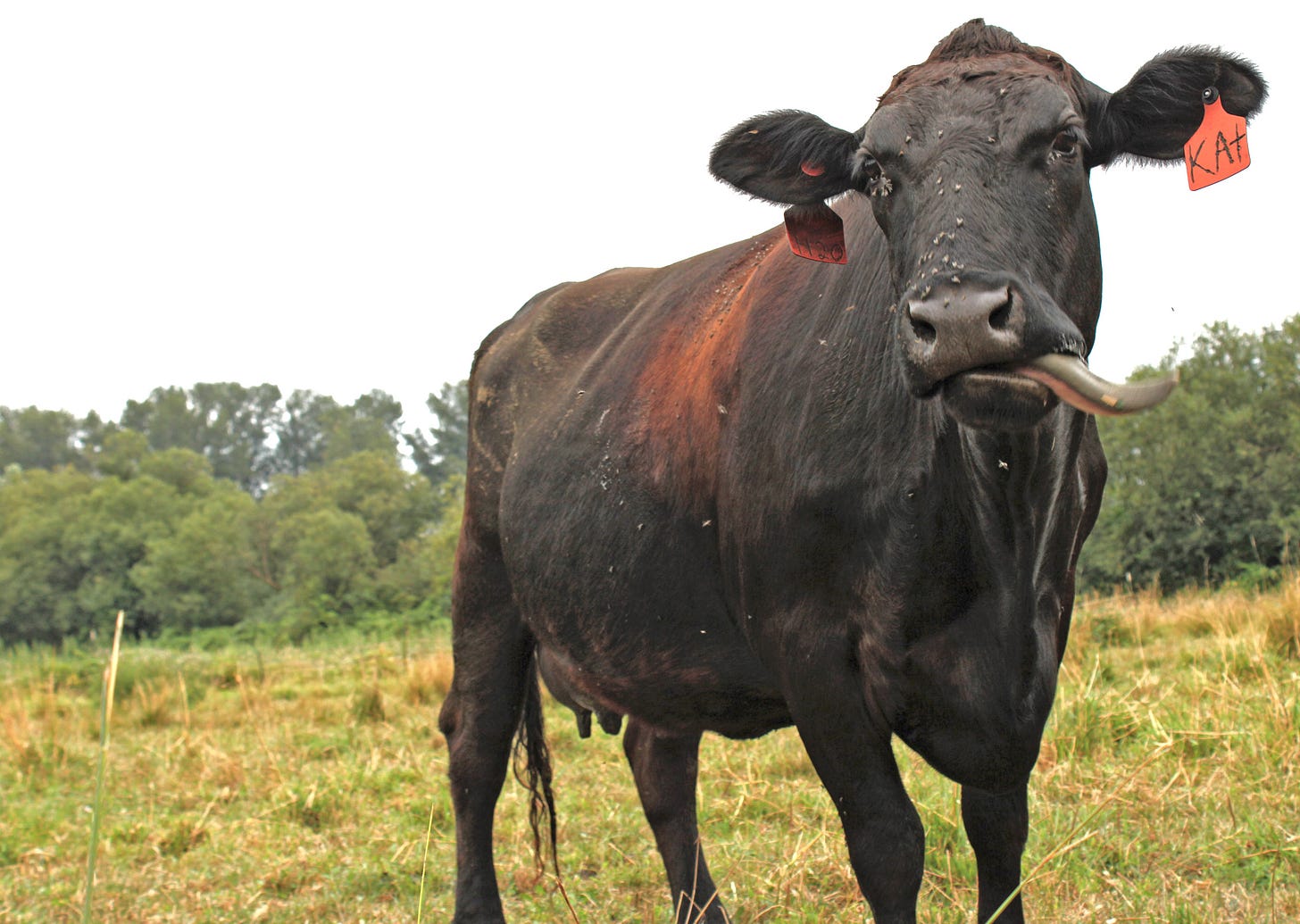
Legend goes even further (as if being grilled to death isn’t enough!) - St. Lawrence was first whipped with scorpions, then branded and pierced with burning hot iron rods…and then laid on the grill.
Attributed to St. Lawrence, as recorded in The Golden Legend by Jacobus de Voragine
Attributed to St. Lawrence, as recorded in The Golden Legend by Jacobus de Voragine



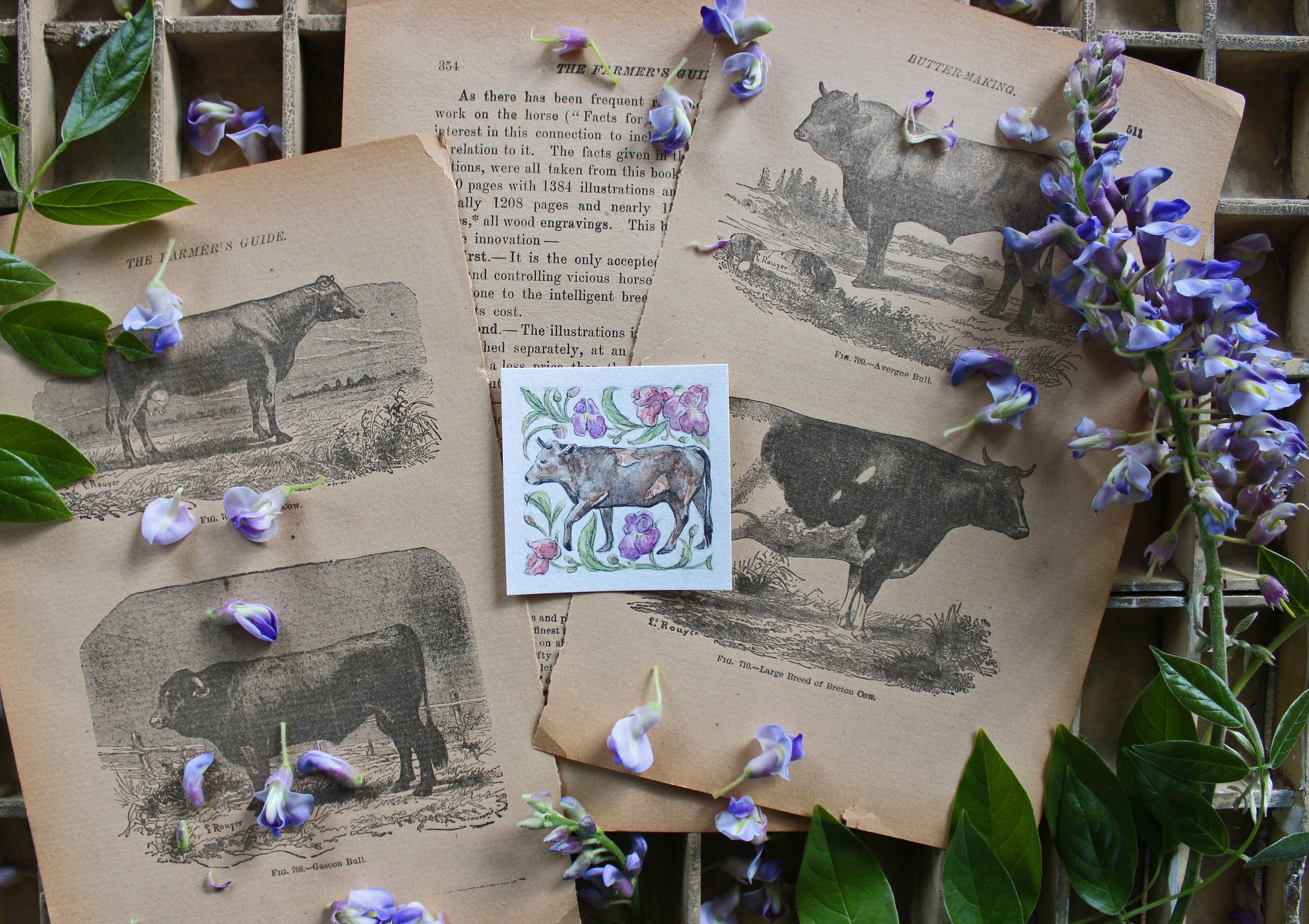
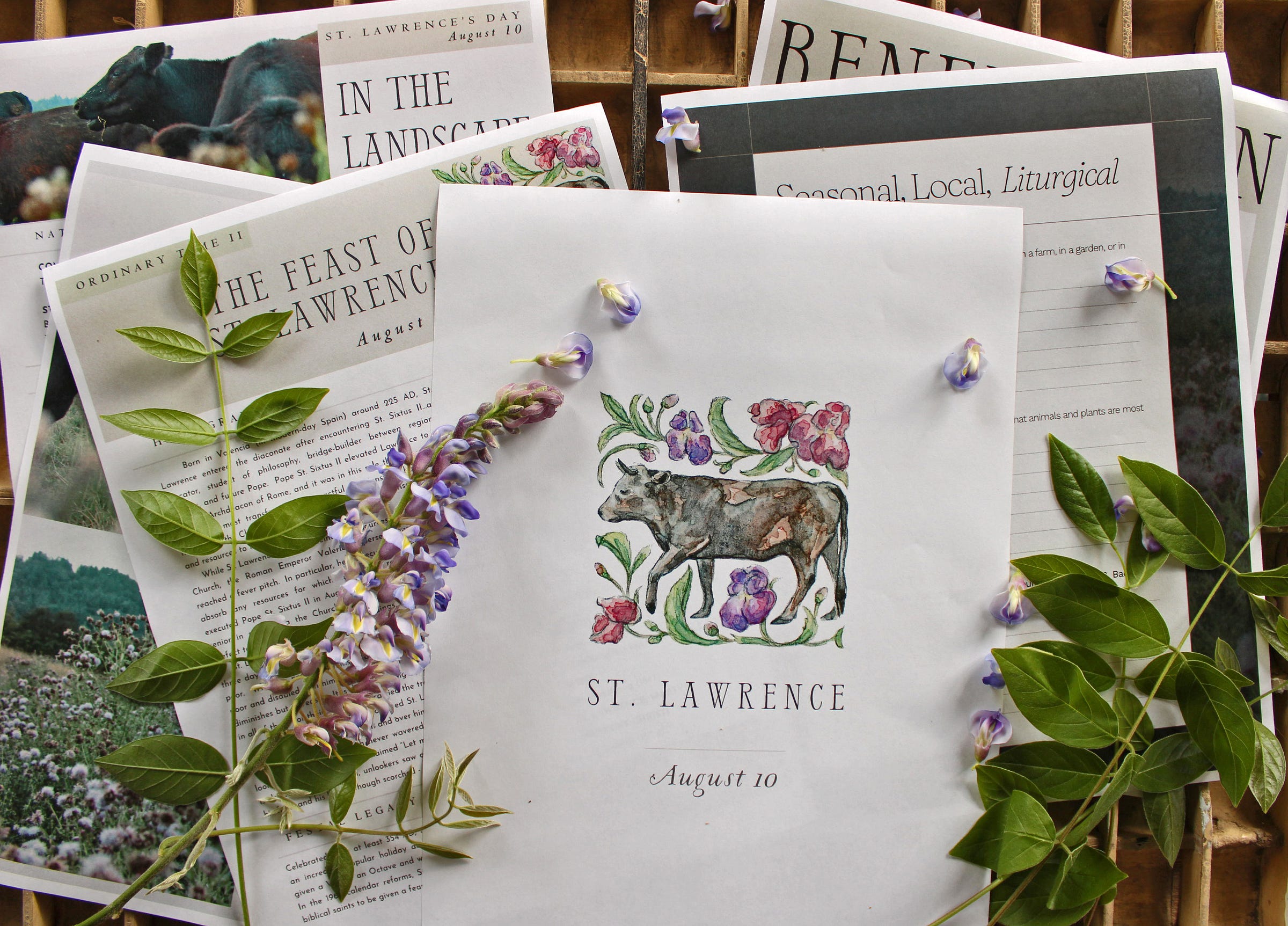
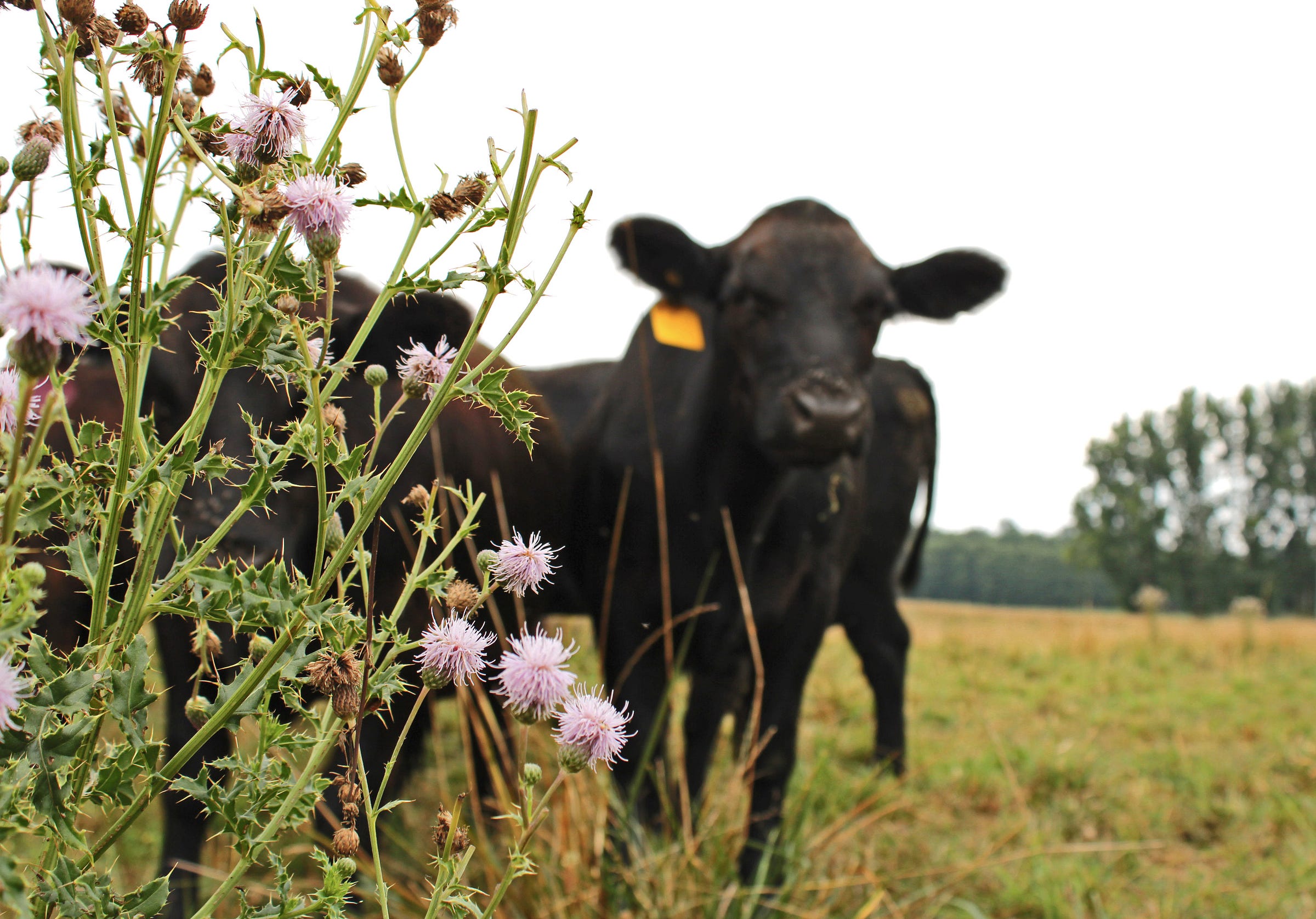
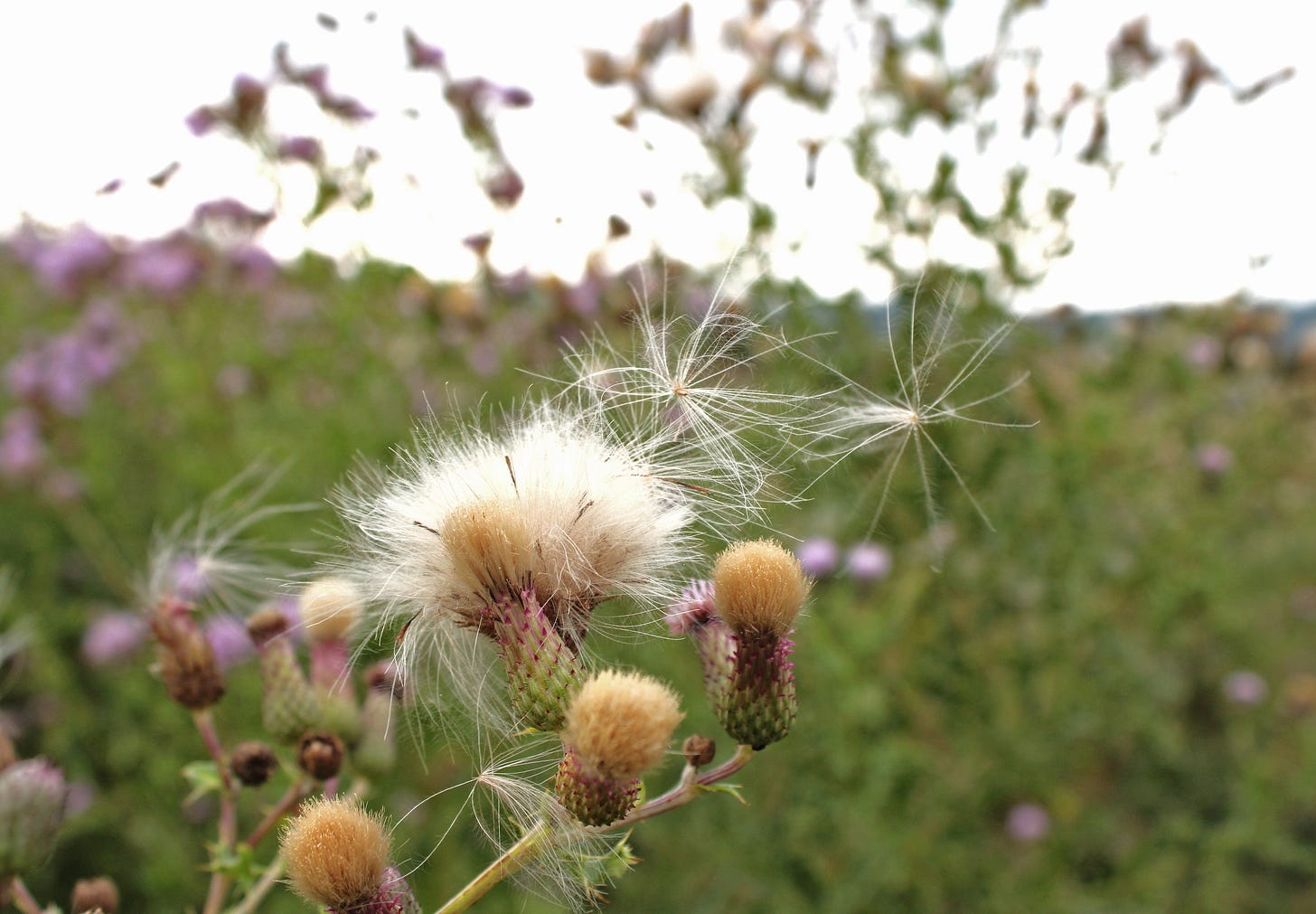
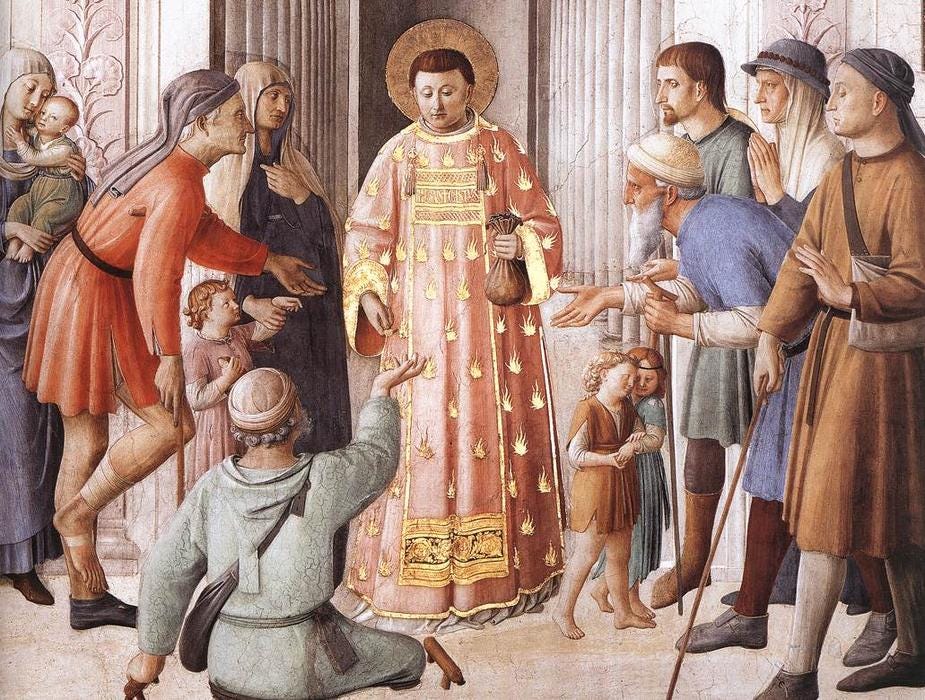
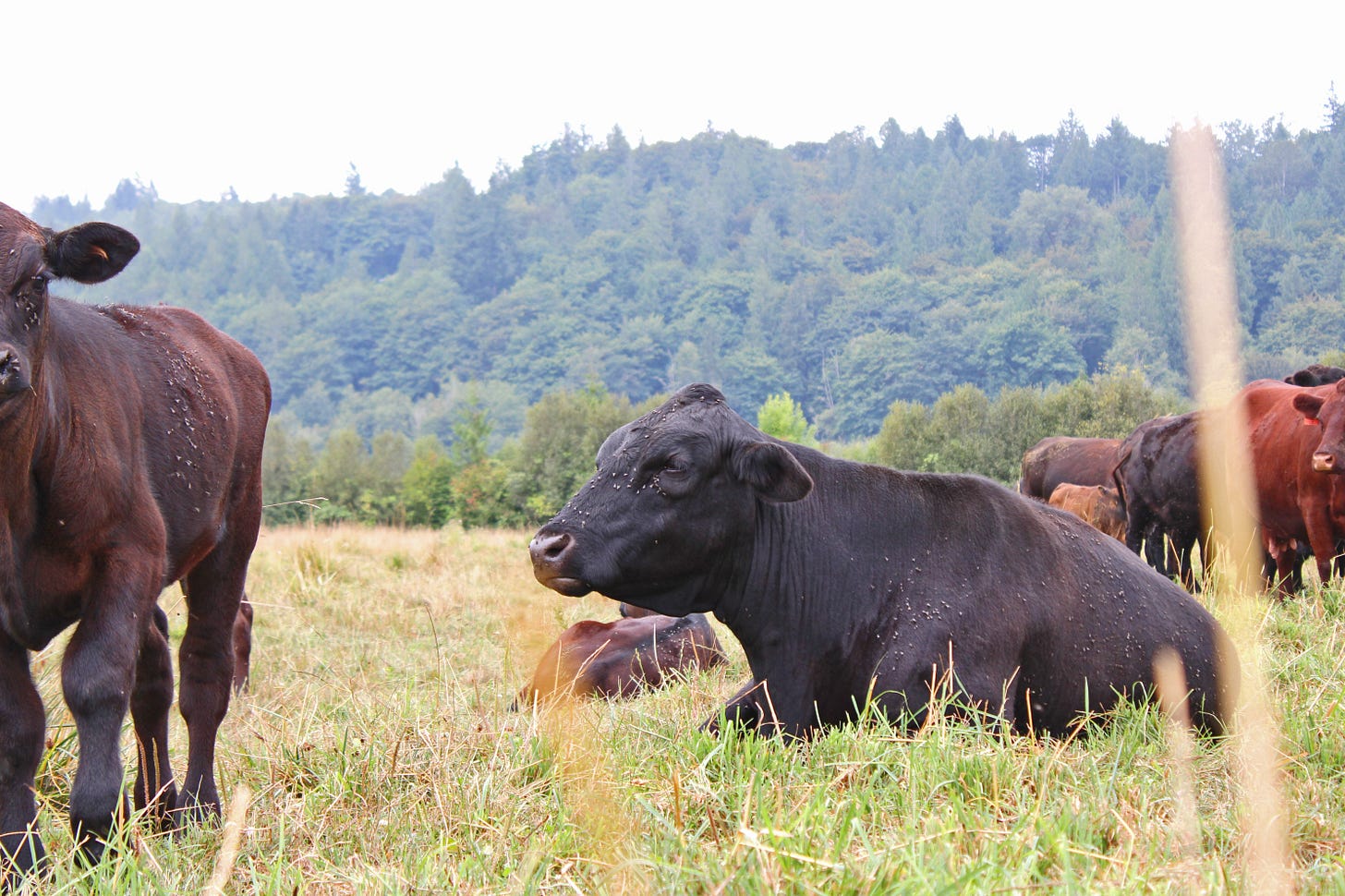

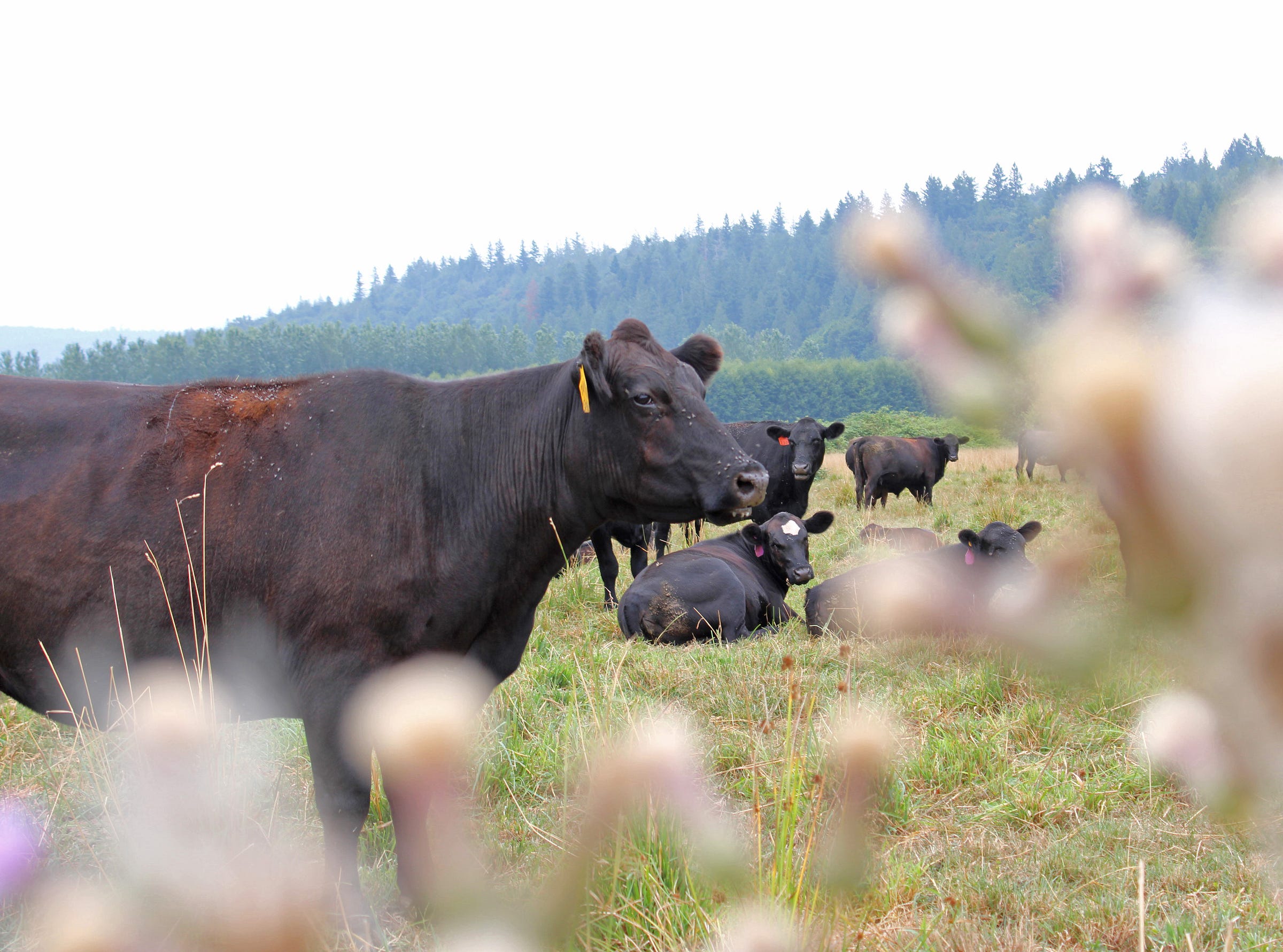

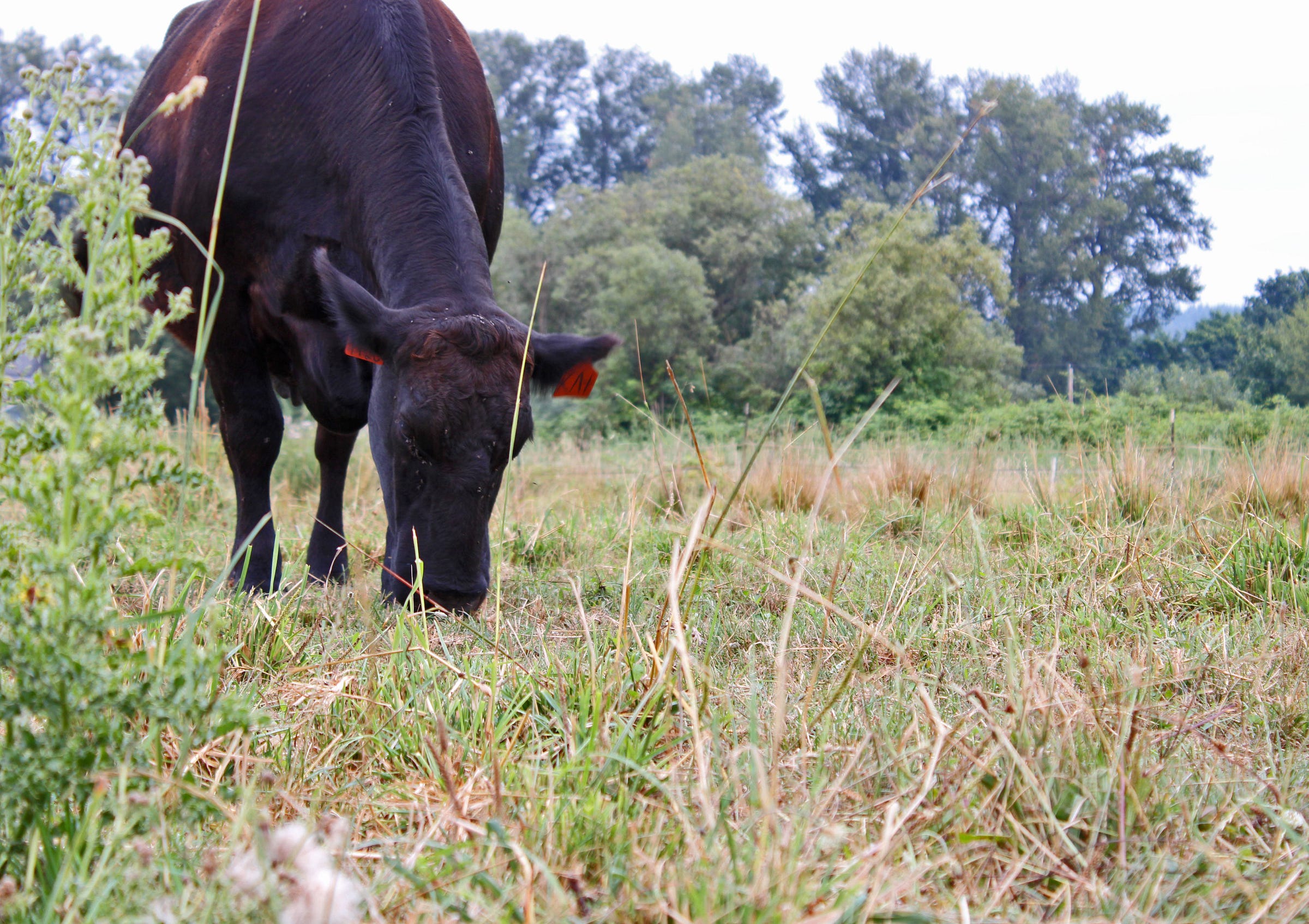




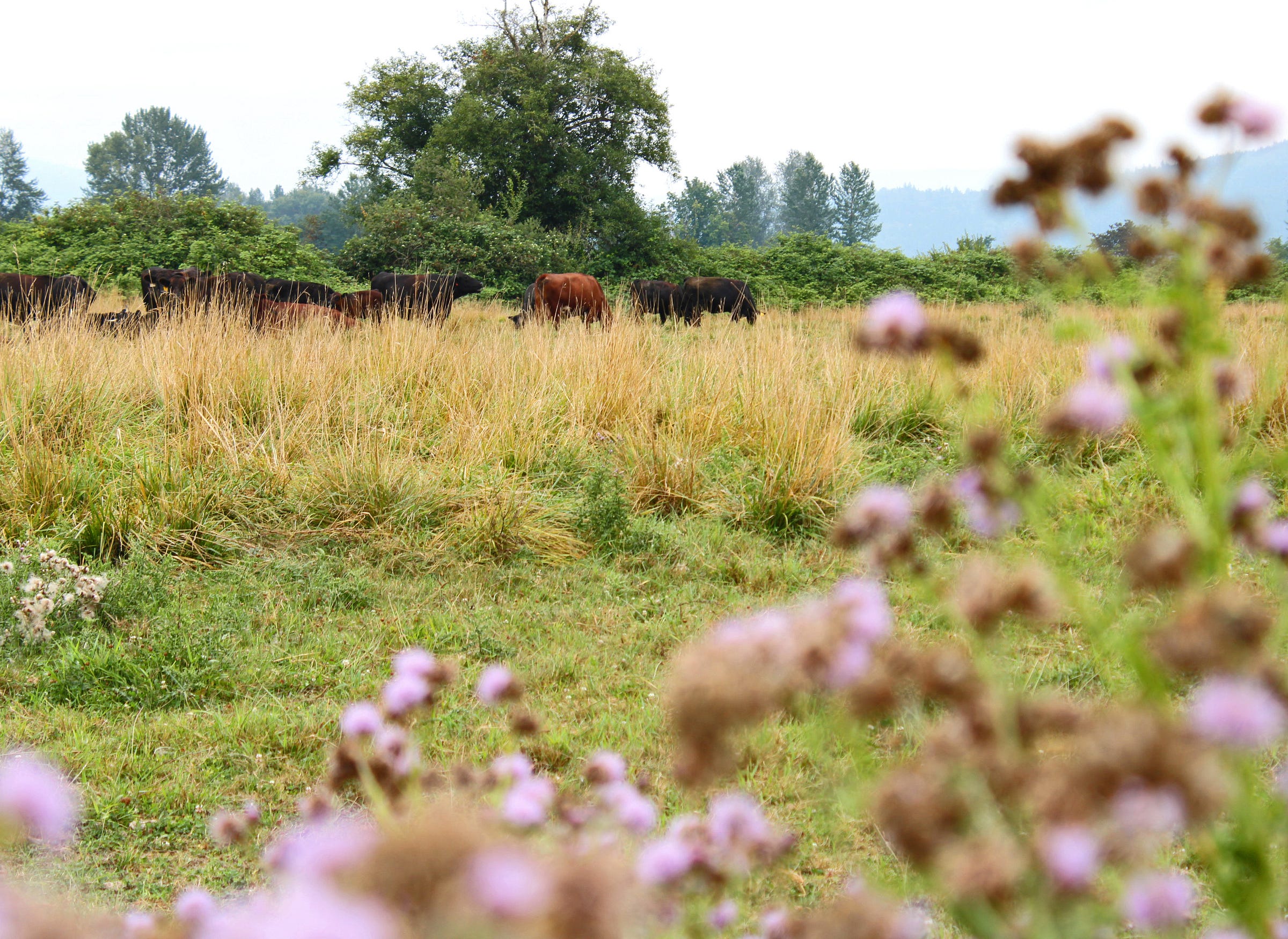
Love this reflection! In the Visigothic calendar, Sixtus, Lawrence, and a St. Hippolytus (but not the antipope, a soldier converted by St. Lawrence) were all celebrated on August 10. Did you find any evidence of this co-commemoration? Normally Sixtus is celebated on the 6 or 7 and Hippolytus on the 13, it seems.
These are always a pleasure to read. I did have to do a happy dance with balsam and say to myself, “I have those” thanks for the added layer of meaning. The Marian title is our lady’s slippers